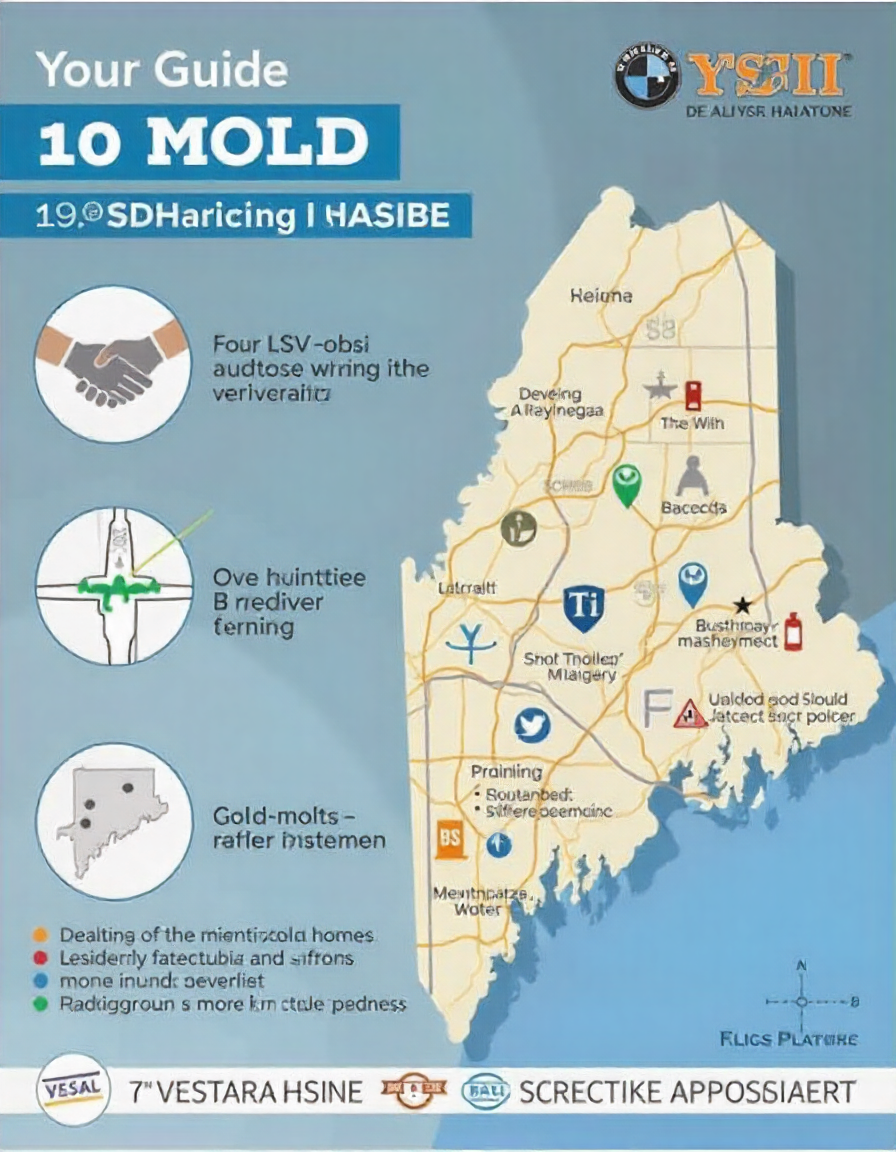Blogging in 2025 is both more accessible and more competitive than ever. With an abundance of tools and resources at your disposal, creating a thriving blog requires strategy, effort, and staying current with industry trends. This guide provides clear, actionable advice for starting a successful blog, growing your audience, and boosting your income.
Why Blogging Still Matters in 2025
Despite the rise of social media and video platforms, blogging remains an essential tool for building an online brand. Blogs fuel content marketing strategies, improve search engine visibility, and offer opportunities for passive income. Whether you’re pursuing blogging as a hobby or a business, it can deliver long-term rewards when done right.
Step 1: Choose a Profitable Niche
A solid niche is the foundation of any successful blog. To identify yours:
- Research market demand: Use keyword research tools (like Google Keyword Planner, Ahrefs, or SEMrush) to find niches with high search volume.
- Assess competition: Visit existing blogs in your niche to evaluate their strengths and weaknesses.
- Align with your passion and expertise: Choose a topic you’re both knowledgeable about and enjoy, as consistency is key in blogging.
Examples of popular niches in 2025 include personal finance, sustainability, AI and productivity, and health and wellness.
Step 2: Pick the Right Blogging Platform and Domain Name
The platform and domain name you choose will shape your blog’s foundation. Follow these tips:
- Choose a user-friendly platform: WordPress.org is an industry leader due to its flexibility, SEO capabilities, and extensive plugin library. Alternatives like Wix or Squarespace suit beginner bloggers with simpler needs.
- Your domain name matters:
-
- Ensure it’s unique, memorable, and relevant to your niche.
- Use an available top-level domain (e.g., .com, .net) for credibility.
- Check domain availability with services like Namecheap or GoDaddy.
Step 3: Build a High-Performance Blog
Once you have your niche and domain, it’s time to create and optimize your blog. Here’s how:
a) Select a Fast, Responsive Theme
- Use lightweight, SEO-optimized themes (e.g., Astra, GeneratePress, or Kadence).
- Prioritize mobile responsiveness since over 60% of web traffic now comes from mobile devices.
b) Install Essential Plugins
Plugins enhance functionality and improve performance. Some must-haves include:
- Yoast SEO for optimizing content.
- Google Site Kit for analytics.
- WP Rocket for faster load times.
- UpdraftPlus for backups.
c) Prioritize Speed and Security
Fast loading speeds improve SEO and user experience. Secure your blog by:
- Hosting with reliable providers like SiteGround or Bluehost.
- Using SSL certificates (HTTPS).
- Enabling firewall plugins.
Step 4: Create High-Value Content That Stands Out
Content is the lifeblood of your blog. To grow your audience, focus on creating content that informs, entertains, and solves problems.
a) Create a Content Strategy
- Determine your content pillars (key topics in your niche).
- Define posting frequency based on your capacity (e.g., weekly or bi-weekly).
- Research your target audience to understand their needs and preferences. Tools like AnswerThePublic or BuzzSumo can help.
b) Focus on EAT (Expertise, Authoritativeness, Trustworthiness)
- Provide in-depth, well-researched posts.
- Incorporate original insights and data.
- Build credibility with transparent author information and relevant credentials.
c) Use AI to Streamline Content Creation
AI tools are revolutionizing blogging in 2025. Leverage platforms like Jasper, ChatGPT, or GrammarlyGO to:
- Brainstorm ideas.
- Assist with writing headlines or intros.
- Edit for grammar and clarity.
d) Update Older Posts Regularly
Refresh old content to keep it relevant and improve rankings. Update facts, enhance formatting, and optimize for new keywords.
Step 5: Drive Traffic Through Effective Promotion
Creating content is only half the battle. The next step is driving traffic to your blog.
a) Optimize for Search Engines
Apply best practices for on-page SEO, including:
- Using target keywords naturally in titles, headers, and throughout the post.
- Optimizing images with descriptive alt text.
- Writing compelling meta titles and descriptions to improve click-through rates.
b) Leverage Social Media
Promote each new post on platforms where your audience is most active. Use tools like Canva for eye-catching visuals and schedule posts with services like Buffer or Hootsuite.
c) Use Email Marketing
Email marketing remains a powerful tool. Build an email list by offering freebies (ebooks, templates, checklists) in exchange for sign-ups. Platforms like ConvertKit or Mailchimp can help automate newsletters.
d) Collaborate
Guest blogging, podcast interviews, and partnerships can introduce you to broader audiences.
Step 6: Monetize Your Blog
Once your blog generates traffic, explore income streams:
a) Affiliate Marketing
Earn a commission by promoting products or services through affiliate links. Networks like Amazon Associates, CJ Affiliate, and ShareASale are great starting points. Integrate links naturally and only recommend products you truly back.
b) Display Ads
Google AdSense and premium ad networks like Mediavine or AdThrive pay you based on ad impressions and clicks.
c) Sell Digital Products or Services
Create digital assets like courses, templates, or ebooks. If you’re an expert in your niche, consult or coach your audience directly.
d) Offer Sponsored Content
Partner with brands willing to pay for related content featuring their products or services.
Final Thoughts
Starting a successful blog in 2025 requires careful planning, consistent effort, and adaptability. By selecting a profitable niche, using the latest tools, and focusing on creating high-value content, you can grow your audience and earn a steady income. Begin today, and with persistence and smart strategies, your blog could become a valuable asset.




